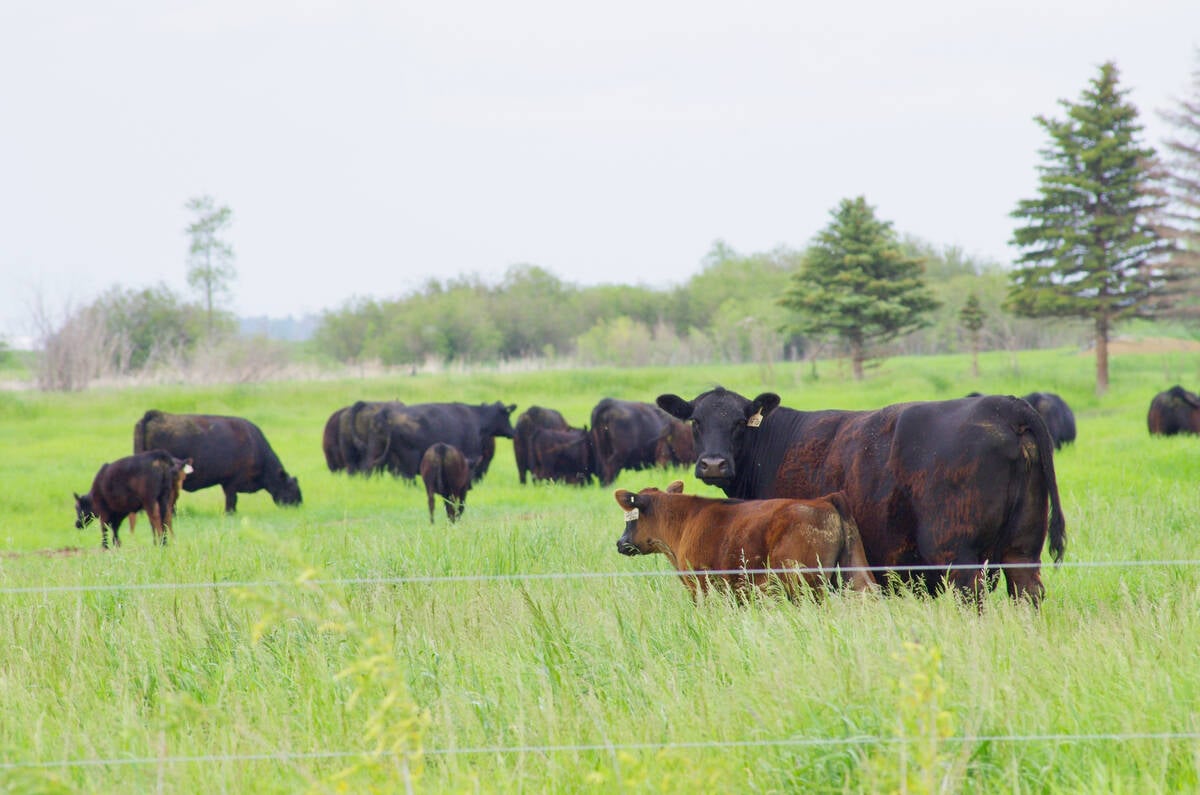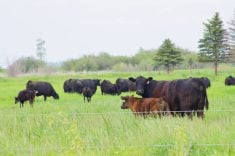RED DEER – Alberta farmers are waiting to see how the province’s new
intensive livestock legislation will work.
The new law establishes universal standards for placement, buffer zones
and other engineering requirements.
“We think it is a good compromise and now we need to see how it works,”
said Keith Degenhardt, vice-president of the Wild Rose Agricultural
Producers Association.
Alberta Liberal leader Ken Nicol agreed.
He told Wild Rose’s annual meeting on Jan. 4 that the agricultural
Read Also

Tick research from the University of Manitoba focuses on insects and testing
Manitoba researchers are looking into the effects of tick and fly disease in cattle.
operations practices amendment act is a good piece of legislation. He
praised the concept of provincial standards written by experts while
still focusing on individual approvals that recognize manure and
runoff’s effect on soil and water.
However, he wants assurances that towns and villages near these
developments are consulted when a new operation is proposed. Neighbors
must be informed about pending developments, he added.
“There is no wording in the regulations that talks about how much
weight is given to the municipal input. It doesn’t deal with urban
municipalities that are beyond the minimum distance requirement.”
The legislation does not cap farm size, even though some communities
say they want a limit to keep out groups like Taiwan Sugar Inc., a
foreign company hoping to produce more than 100,000 market hogs a year
on five farms in central Alberta.
The province has asked municipalities to provide information on where
these developments may go. Each jurisdiction must also justify why a
new farm may not be built in a certain area.
Nicol called for a provincial land classification scheme that fits each
community. Although most land in rural municipalities is zoned for
agricultural use, common sense must prevail.
Communities must have some say in where these operations are placed, he
said. For example, under his proposal, a development would be approved
if it met the buffer zone distance requirements. However, it would be
reconsidered if was near a community park or other public area.
He said the Alberta Association of Municipal Districts and Counties
would be the most appropriate group to set up an agricultural
classification system.
Farmer’s advocate Dean Lien said the Natural Resources Conservation
Board has set up four offices in the province. Its main responsibility
is to handle regulations to determine whether a proposal meets all the
requirements.
Three-member peer review committees are also being established. They
will review proposed projects and make final reports that may recommend
adjustments to help the proposal better fit the provincial code of
practice for handling manure. At least two members must be familiar
with the specific type of operation.
Lien said the process will become clearer as the legislation evolves.

















